

The lush valley


Chiming bells

Monkshood is deadly poisonous. It gets its name from its hood-like shape. Legend has it that werewolves are driven off by it, hence its other name of Wolfbane.

A male Melissa Blue

Possibly a type of Leaffooted bug

Click to view the panorama
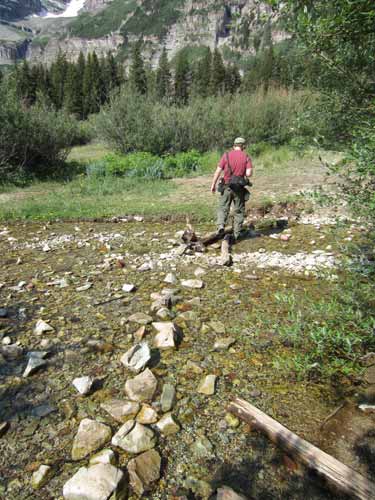
The first river crossing...

... followed by a small side stream crossing.


Butterflies flitted about the water's edge.

Walking along the river

A lovely waterfall

You usually hear their high-pitched chirp long before you see them! A Yellow-bellied marmot basks in the sun. Marmots use six different whistles to communicate.

The Corn Lily or False Hellebore

A Least Chipmunk savors a meal...

... including sucking the nectar out of a columbine!

We passed through a section of paintbrushes and louseworts. Sometimes these individual ecosystems were quite small.

Sickletop Lousewort (also called Parrot's Beak) refers to the flower's curved shape. It was an old belief was that these plant gave lice to people and cattle.

Paintbrush comes in a huge variety of colors and shades.

More columbines... this time in pink!

Again we heard a noise... but this time it was a sharp, upset little bark. Scanning the rocks, we saw this pica informing us, under no uncertain terms, that we were in ITS territory.

It hopped down several rocks, then promptly just ignored us as if it didn't matter that we were there since we were so insignificant anyway.

Picas typically live in long, steep scree slopes such as these.

Looking back toward Crater Lake
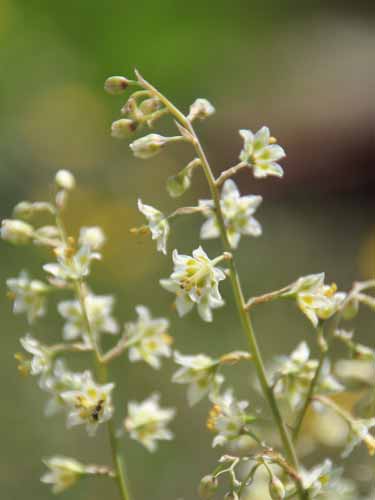
New elevations brought new types of flowers. Mountain Death Camas is very poisonous, both for humans and livestock.

White columbines

Sulphur Paintbrush

American Vetch

Getting higher! Hmmm... the pica was right. I DO look rather insignificant!

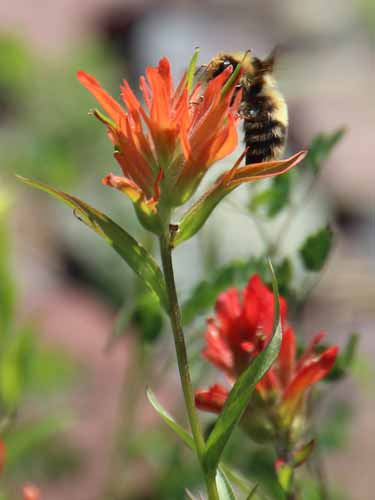
A bee amongst some paintbrush

A robin

Survival... anywhere it can!

These long hairs are another survival technique to help the plant keep warm in the bitter temperatures.

One of the several backpackers who passed us on the trail (I was too slow taking photos!). These guys were hoping to make it to the pass to camp before the weather turned bad.

Again the plant life changed as we entered a small section of forest. This is a male Fendler's Meadow-rue (the plants are dioecious meaning male and female flowers occur on separate plants).

A type of sedge

A ground squirrel pauses before crossing our path.

Yellow Monkeyflower. The shape of the flower is supposed to resemble a laughing monkey, but for the life of me, I can't see it.
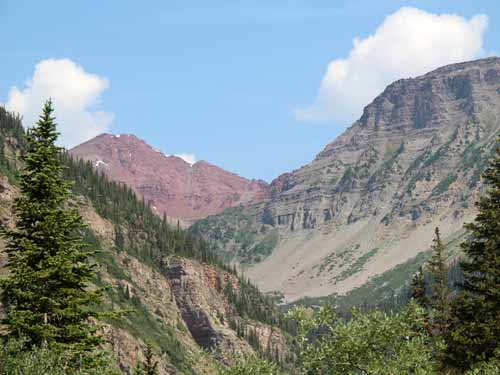
Leaving the forest and entering a different world

Bistort (also Smartweed, Knotweed and Snakeweed) translates to "twice twisted" and refers to the twisted character of the roots.

Another pica... although this one almost looks as if it is smiling!

A patch of Moss Campion shares its rock with some asters.
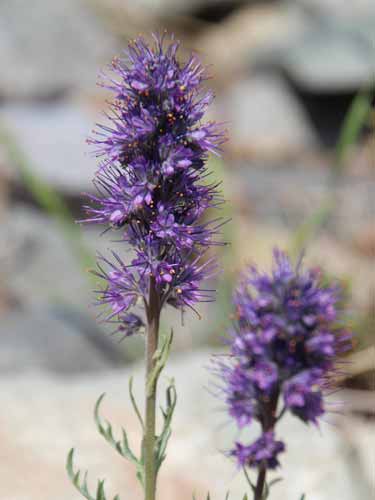
Purple Fringe
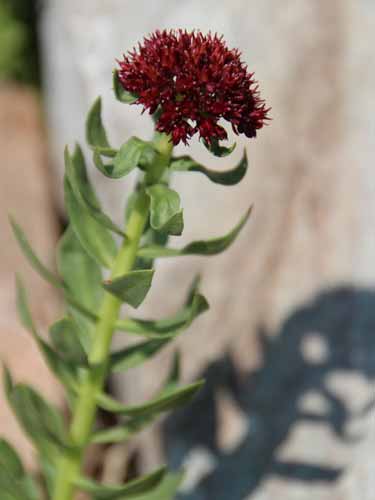
King's Crown (and yes, there is also a Queen's Crown, which is pink)

There are about 300 different species of larkspur. All parts of these plants are considered toxic to humans. The plants are most toxic when they are young, when the alkaloids are most concentrated.

More shades of paintbrush


Mountain Thistle

The river we decided not to cross...

... but that our backpacking friends had to.
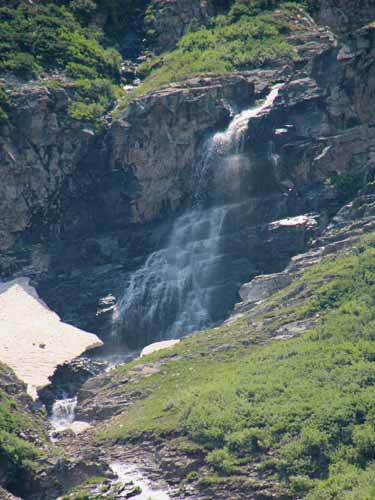
There were still some large ice packs at the base of the waterfall.

More fireweed along the water's edge

